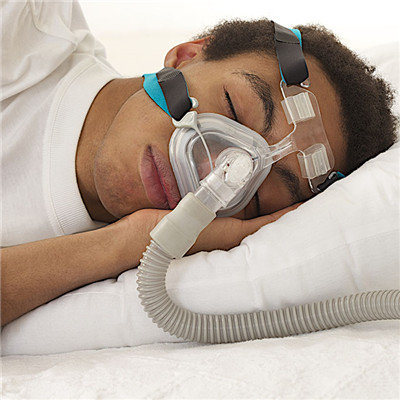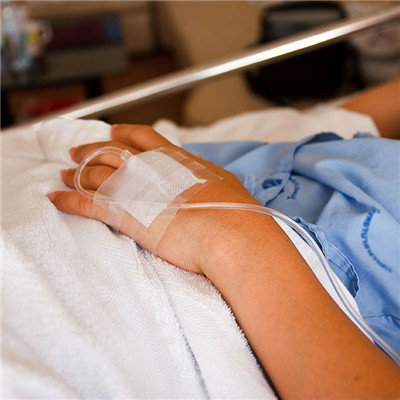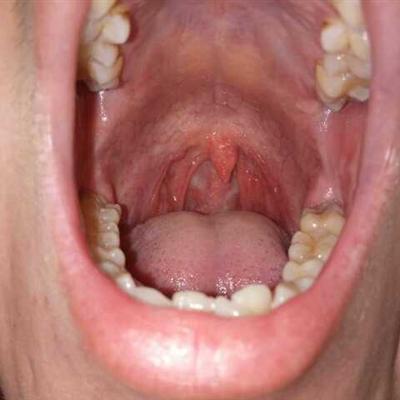Symptoms of central respiratory failure
summary
Central respiratory failure refers to respiratory failure caused by direct or secondary injury of respiratory center (medulla oblongata, pons and thalamus), or spinal cord disease leading to spinal cord motor neuron injury. The clinical manifestations were disturbance of consciousness, dysfunction of limb movement, change of respiratory rate and irregular respiratory rhythm. Early diagnosis and timely treatment can effectively reduce the mortality. Symptoms of central respiratory failure? Let's talk about it
Symptoms of central respiratory failure
(1) Tidal breathing: apnea after hyperventilation occurs periodically. During the period of over breathing, the air exchange rate increased gradually, and then decreased gradually after reaching the peak. Generally, the hyperventilation period is longer than the apnea period.

(2) Central neurogenic hyperrespiration: it is a rhythmic and regular hyperrespiration, which can last for several hours or days. The respiratory rate increases to 30-60 times / min. deep, fast and uniform breathing is often accompanied by snoring and inhalation depression.

(3) Ataxia breathing: refers to completely irregular abnormal breathing, frequency reduction, varying in depth, some mixed with apnea.

matters needing attention
1. Etiological treatment, active treatment for etiology, if considering infection, active anti infection treatment, detoxification treatment for poison or drug poisoning. Patients with intracranial hypertension or cerebral hernia should be dehydrated immediately, and decompression should be performed if necessary to improve breathing. 2. Keep the respiratory tract unobstructed, often inhale sputum, pay attention to the body position to facilitate expectoration, if necessary, endotracheal intubation or tracheotomy, in order to reduce invalid cavity and improve breathing.
















